11/29/2017
Butte Montana Mines
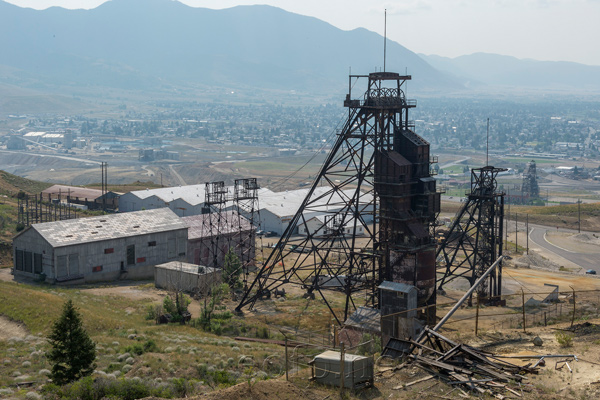
Butte Montana
I have a separate page about the town of Butte here.
The area on the north and east sides of Butte Montana is one of the more thoroughly altered industrial landscapes in the US. Mining in and around Butte began in the 1860s. Early miners in the area were primarily after silver and didn't have that much success. Copper mining replaced silver in importance in the 1870s. The industrial scale mining of copper led to Butte's boom period from the 1880s to 1910. The first copper mines were underground. Miners traveled into the mine tunnels via headframes like those in the photo above. Headframes are essentially an elevator apparatus placed on top of mine shafts. Headframes like these are scattered around the older section of Butte. Mines were generally located uphill or north of Granite Street or to the east and west of town. Smelters to purify the metal and other industries were located on the south side of town along Centennial and Front Streets near the railroad. The largest industrial feature in Butte is the Berkeley Pit which is an open pit mine started in 1955. The best ore from the underground mines had been exhausted by the 1940s. Mining companies can extract copper and other metals from lower quality ore with leaching and other techniques. But the huge volumes of ore required cannot typically be extracted by tunneling in a cost effective way. Open pit mining allows companies to remove vast amounts of low quality ore which is placed in a heap that is then sprayed with sulfuric acid and or cyanide. The acid dissolves the copper and slowly flows into a system of drains beneath the heap. The runoff is collected and the metal extracted. These heaps are typically dozens of acres in size. Since Butte was built on top of the best ore, the mining company, Anaconda, had to demolish the northeastern section of Butte in order to dig its' pit. Anaconda wanted to expand the Berkeley pit such that it would have consumed most of the city but that plan was stopped by falling copper prices, a change of corporate ownership, and local opposition. Mining at the Berkeley Pit stopped in 1983 but has restarted on the eastern side of the pit more recently. Anaconda Corp. destroyed many structures on the eastern side of Butte while it was still fighting to expand its' mine. That side of town is still fairly empty. Throughout its mining period, Butte had a fraught, contentious labor history. It was one of the wellsprings of labor radicalism that gave birth to the Western Federation of Miners and the IWW.

Berkeley Pit, Butte Montana
There is a lot to see in and around Butte for those interested in the history of mining. The Berkeley Pit, being the largest feature for miles around, is weirdly hard to see. The only good view of the pit I was able to find was at the Berkeley pit viewing stand which charges a fee. Otherwise the pit is surrounded by tailings and fences that block the view and prevent access. The water in the pit is so toxic that migrating birds that land in it have died by the thousands. A photo from the viewing stand is above. The hillside above and north of downtown Butte is scattered with tailings piles and headframes. The headframes are generally not approachable. They are either fenced or otherwise restricted. There is one park that was developed around a former mine and headframe that you can go to and walk around the old mine works. That is at the Mountain Con Mine (photo below) on Little Minah Street. The mine headframe, on which is painted "Mile High" and "Mile Deep", can be seen all over town. There is a great view of Butte and surroundings from the park. There is also access to a bike/walking trail that winds through the old mines and plenty of parking. Further up the hill is the Granite Mountain Speculator Mine Memorial. This small park commemorates the 168 miners who died in a 1917 mine fire. It's a peaceful spot with a great view of the surrounding area. But most of the more interesting looking places in the mined area are protected by high fences. The houses and commercial buildings scattered throughout the area north of downtown Butte are fascinating. The houses are typically very small, and on very small lots. There were three or four popular styles of home built, most of them probably owner built, in the period between 1890 and 1910 when this area was developed. There are a few corners that developed small commercial districts with two story brick stores. I have some photos of those on my Butte page here. There is a World of Mining Museum on the western side of Butte for those who want a more thoroughly interpreted experience. I didn't go but wish I had. The museum campus includes a recreated mining camp. It was built around a real mine though and those mine works are part of the exhibit. The town of Anaconda, which is about 25 miles west of Butte, is where all the ore from the Butte mines was taken to be smelted. Anaconda is definitely worth a visit.
Butte Montana

Butte Montana

Butte Montana
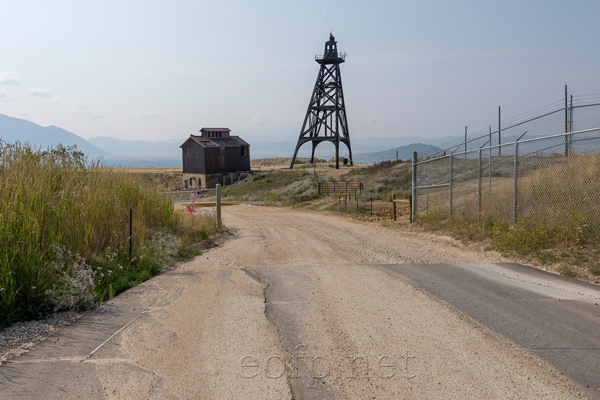
Butte Montana
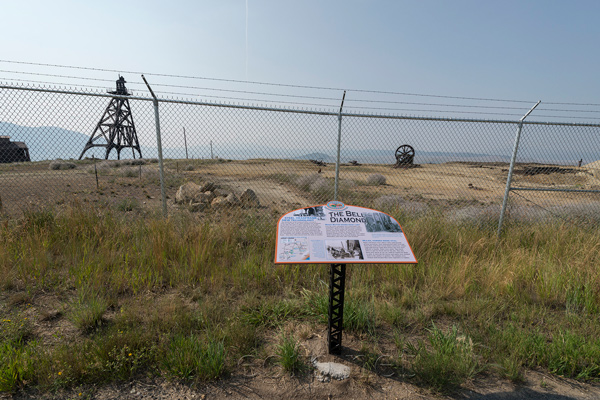
Butte Montana
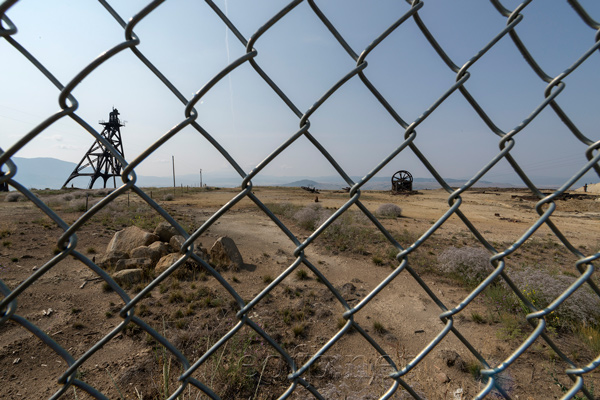
Butte Montana
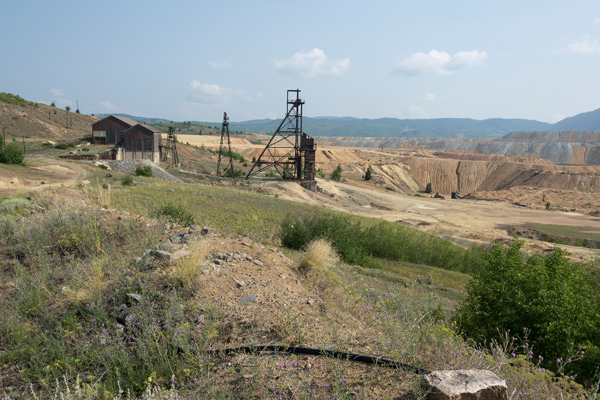
Butte Montana
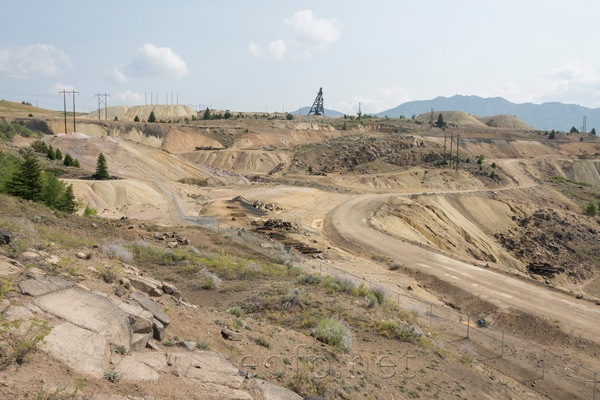
Butte Montana
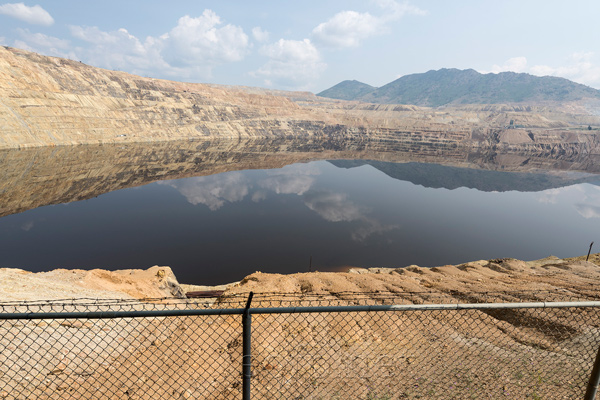
Berkeley Pit, Butte Montana
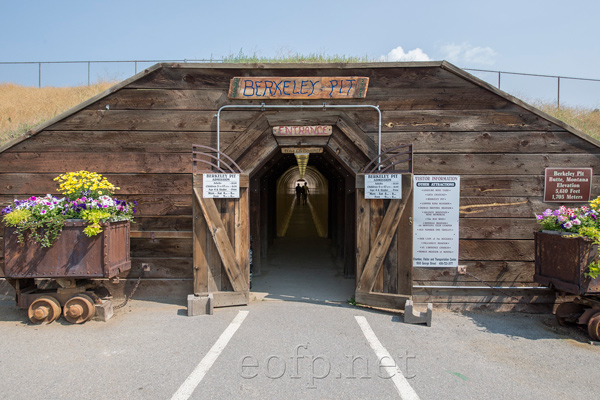
Berkeley Pit, Butte Montana
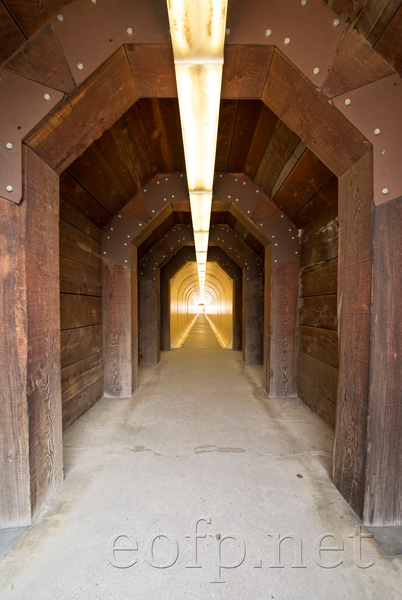
Berkeley Pit, Butte Montana
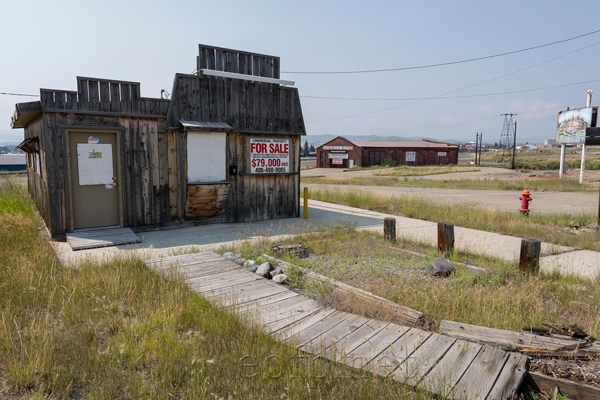
Berkeley Pit, Butte Montana
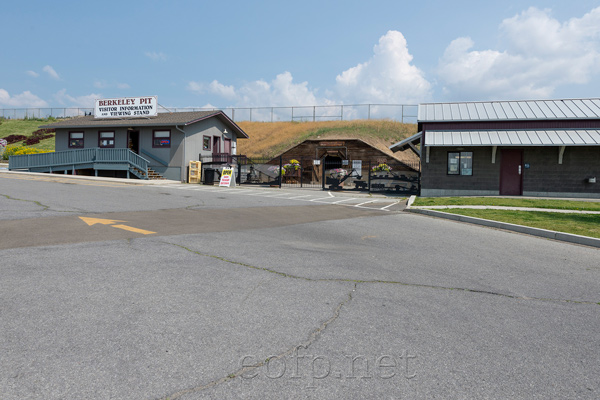
Berkeley Pit, Butte Montana
All content on these pages Copyright Mark Hedlund 2012-2019. All rights reserved. Use in school projects and with links on social media is always okay. Please send me an email to request permission for any other use: hedlunch@yahoo.com Non-exclusive commercial publication rights for most photos is $25 per image.

